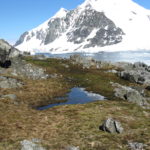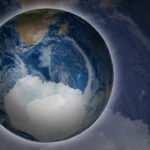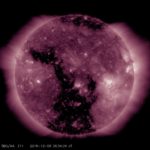Analysis of migrating and non-migrating tides of the Extended Unified Model in the mesosphere and lower thermosphere
1 June, 2022
Atmospheric tides play a key role in coupling the lower, middle, and upper atmosphere/ionosphere. The tides reach large amplitudes in the mesosphere and lower thermosphere (MLT), where they can have…


